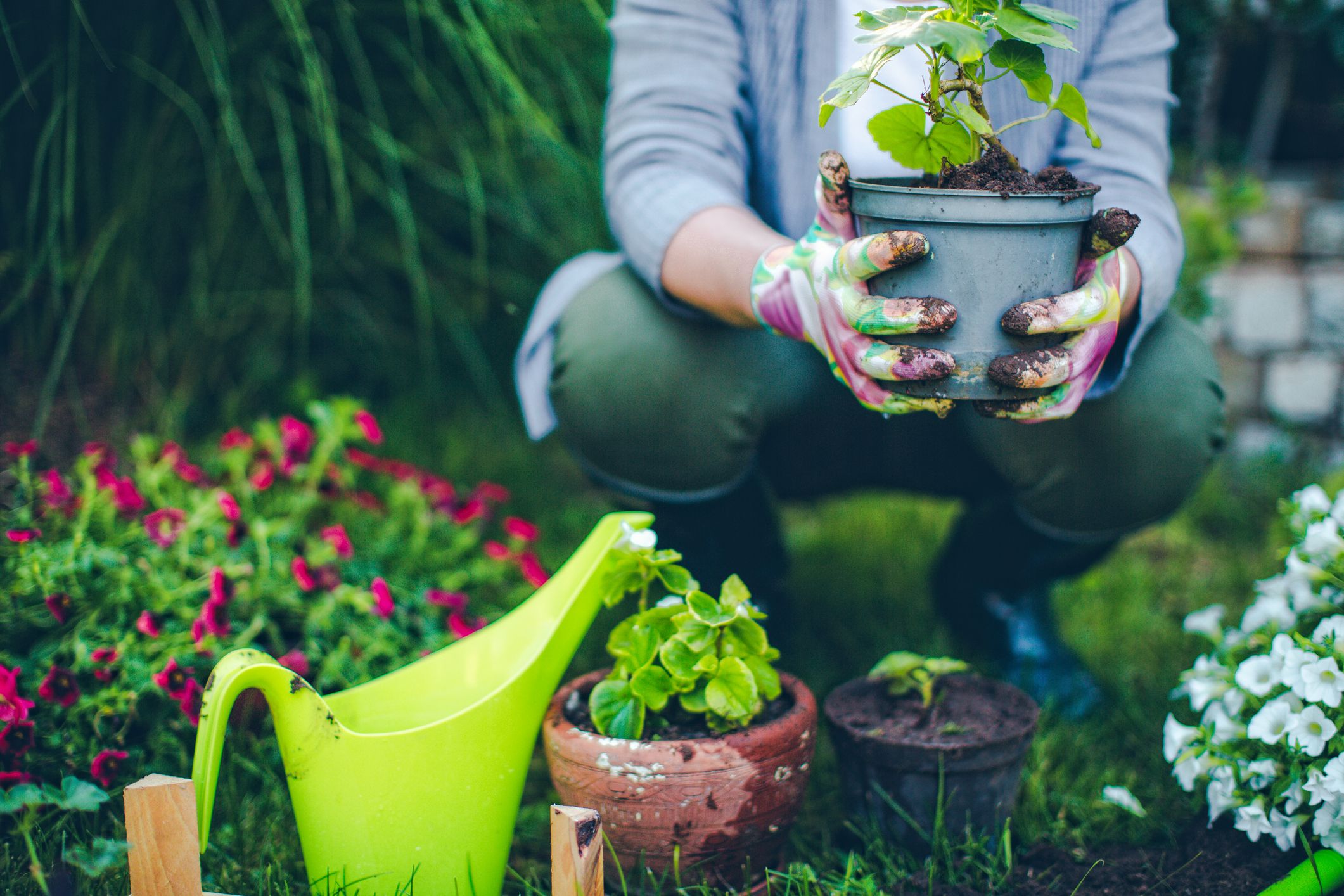From Newbie to Eco-friendly Thumb: A Step-by-Step Trip With the Art of Horticulture

Understanding Your Gardening Room
To start your horticulture journey, it is necessary to comprehend the unique attributes and restrictions of your gardening area. Take a moment to observe your environments. Is your space small or huge? Is it subjected to complete sunlight or does it receive partial color? Are there any specific challenges you may face, such as poor soil top quality or minimal water availability? Understanding these aspects will certainly help you make educated choices concerning the types of plants that will certainly grow in your area.
Consider the size of your horticulture location. If you have a tiny area, you may require to concentrate on container horticulture or upright gardening to maximize your growing area. On the other hand, if you have a large space, you have the luxury of planting a range of plants and developing different areas within your yard.
If your area is shaded, you can choose for shade-loving plants like hostas or ferns (newbie gardening). If your room obtains full sunlight, you can grow a vast variety of plants, including veggies, blossoms, and herbs.
Finally, take into consideration any limitations or difficulties particular to your room. If your soil quality is bad, you might require to modify it with compost or pick plants that are forgiving of less-than-ideal problems. You can decide for drought-tolerant plants or execute water-saving techniques like mulching. if water is scarce.
Choosing the Right Plant Kingdoms for Your Yard
Select plants that are fit to your garden's one-of-a-kind conditions and your individual choices. When choosing plants for your garden, it is essential to take into consideration elements such as sunshine, dirt kind, and environment. Some plants like well-drained soil, while others prosper in wet or clay-like soil.
It's likewise worth considering the maintenance level of the plants you select. Some plants call for more care and attention, while others are extra low-maintenance.
Preparing the Soil for Planting
Most plants choose a somewhat acidic to neutral pH, around 6.0 to 7.0. Badly drained https://newbiegardening.com/ pipes dirt can lead to waterlogged origins and various other plant health problems. By assessing and making essential changes to your dirt, you can produce an ideal setting for your plants to flourish.
Nurturing and Preserving Your Yard
When you have actually prepared the dirt, it's time to obtain your hands unclean and begin nurturing and maintaining your garden. The secret to a successful yard corresponds treatment and attention. Watering is critical, specifically during droughts. Make sure to water your plants deeply, enabling the water to pass through the soil and reach the roots. Routine weeding is likewise crucial to keep your garden without undesirable plants that compete for nutrients and room. Take out any weeds, taking treatment to eliminate their roots to stop them from returning. Furthermore, it's vital to offer correct nourishment for your plants. Consider using organic plant foods or garden compost to improve the dirt and promote healthy and balanced development. Pruning is an additional important job to keep your yard looking cool and urge much better airflow and sunlight infiltration. Cut off any kind of dead or damaged branches to keep the overall wellness of your plants. Be on the hunt for illness and pests. On a regular basis evaluate your plants for any type of signs of problem or disease and take instant activity to avoid further damages. By following these nurturing and maintenance methods, you will make sure a lovely and flourishing yard.
Troubleshooting Common Gardening Issues
If you observe eaten leaves or plants that are shriveling for no apparent factor, you may have a bug problem. If your plants have actually yellow or blemished fallen leaves, they may not be getting adequate nutrients. Get rid of influenced plants and treat the remaining ones with organic fungicides or pesticides.
Final Thought
Congratulations! You have efficiently finished the trip from newbie to green thumb in the art of gardening. By comprehending your gardening area, selecting the right plants, preparing the dirt, and supporting your yard, you have conquered usual horticulture issues like a pro. Now, armed with knowledge and experience, you are prepared to take pleasure in the beauty and wealth of your prospering yard. Maintain up the fantastic work and proceed to grow your eco-friendly thumb!

When choosing plants for your yard, it is vital to consider elements such as sunshine, dirt kind, and environment. Some plants choose well-drained soil, while others grow in moist or clay-like dirt (newbie gardening). By comprehending your gardening space, picking the right plants, preparing the dirt, and nurturing your yard, you have overcome common gardening concerns like a pro